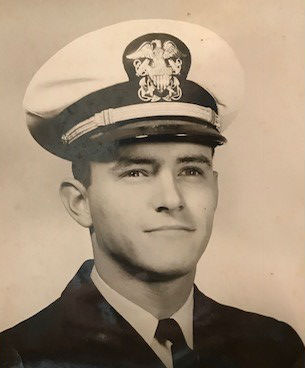I enrolled in Navy ROTC at Miami University in Ohio, graduated in 1965 and was commissioned as an officer in the Navy. In 1966 I was assigned to a destroyer, USS Manley (DD-940) stationed in Charleston, S.C.
My ship left Charleston in October 1966 for a tour off the coast of Viet Nam. We were in the Gulf of Tonkin off North Vietnam for a few weeks, but mostly we did gunfire support for the troops ashore in South Viet Nam. When they were in a “firefight” they called our ship requesting our guns to fire on the enemy. They gave us target coordinates. My job was to talk to the guy requesting our gunfire and convert those coordinates into a form that could be programmed into the ship’s “fire control” computer that also adjusted for our course, speed and the “roll” of the ship. My contact ashore watched where our initial shells landed and then adjusted our fire closer to where he wanted by telling me “drop 50 yards, right 100” etc. By that method we could walk our fire to the exact place our troops needed it.
Most of the time the process was routine but there were several times when it was intense because we were firing so close to our own troops. We could tell from their voices when they were desperate for our gunfire to survive. More than once we questioned the spotting my contact gave because we felt it was too close to them to be safe. Their frantic responses were things like “We’ll take that chance! If you don’t get them they’ll get us! Please hurry!”
The enemy liked to sneak attack on dark nights so at times our job was to shoot phosphorous shells which burned slowly and created a lot of light. We would do this all night long. The shells descended slowly by parachute and illuminated the area where our troops were spending the night.
Our ship had three 5” guns. Several times we were firing continuously around the clock so the gun barrels became quite hot. In December 1966 this caused a round to explode in the hot gun barrel before it could be fired. The blast backfired in to the gun turret severely burning the men inside who were medevaced off the ship to a hospital in Da Nang. The ship was sent to the Philippines were an extensive examination concluded that it was a freak accident that would never happen again. In March 1967, it happened again.
The second gun mount explosion cut short our scheduled tour of duty and we were sent home early. Our ship fired 6700 rounds of ammunition at 1813 targets. We were credited with killing and wounding hundreds of the enemy that were trying to kill our guys. We destroyed several machine gun nests, buildings, supplies and we sank an enemy cargo vessel. I received the Navy Commendation Medal for my part but the heroes were the Marines and Army ashore who were directly fighting the enemy. They took the brunt of it.
On a lighter note, our ship went around the world, going through the Panama Canal from Charleston, across the Pacific to Hawaii, Japan, then into the gunline. During out combat tour the ship took R&R breaks to visit Hong Kong and Taiwan. Along the way we survived a cyclone in the South China Sea. On the way home we stopped in Singapore, crossed the Indian Ocean, stopped in Ethiopia, went through the Suez Canal, stopped in Crete, Naples, Italy, the Azores, then crossed the Atlantic and returned home to Charleston in May 1967.
At the time, I believed the US involvement was the right thing to do. Now, I’m not so sure. The loss of American lives was horrendous. Like some other wars, I have to ask: is the world is a better place because of it?


